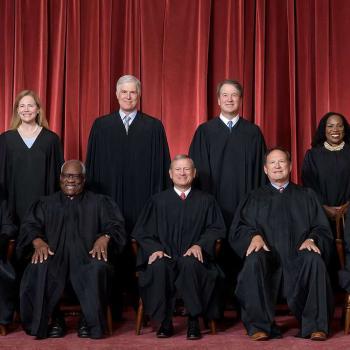Under a new state program, Destin Valega spends half of his school day outside the classroom learning to be an electrician, which could easily pay him $42,000 per year for starters.
Valega, a senior at Dutchtown High School, is one of about 2,500 students statewide who are learning skills in nontraditional settings under a controversial push called Course Choice, which was launched about two months ago.
Why train to be an electrician?
“Just knowing I am going to have a job,” said Valega, 17.
State Superintendent of Education John White, who toured a training center for 30 aspiring electricians and welders, said the early results for a pilot program are promising.
“These are technical fields that are very difficult for high schools to offer training,” White said.
“Every one of them is articulating ‘I am going to be an electrician, I am going to be a welder,’ ” White said of the students.
“They are excited about it, they are obviously learning and demonstrating that they are good at it,” White said. “It is really good news.”
The program stems from a 2012 state law pushed by Gov. Bobby Jindal.
Backers said it was aimed at students attending schools rated C, D or F, or cases where students wanted classes that were not offered at their schools.
The state is spending nearly $3 million for the effort this year, which critics contend is a drain on already financially strapped public schools.
How students were recruited, how the classes are financed and the quality of the instruction statewide all have sparked controversy.
About two dozen private firms, colleges and others signed up to offer courses, including Associated Builders and Contractors Inc., which is the site of the welding and electrician training center.
Under the program, Valega and other students spend half their days grappling with math, English, science and social studies.
Then they ride school buses from Dutchtown, East Ascension and St. Amant high schools to learn a trade that could offer a solid salary.
“They are catching on quick; they are excited about the program,” said Harold Bagley, who is the electrician instructor.
The real payoff, he said, is when students finish the two-year training and leave with industry-based certification.
“You are marketable; you are very marketable,” Bagley said.
Graduates of the program can expect to land jobs where the starting pay is $20 per hour — nearly $42,000 per year — and know it can rise to $30 per hour or more.
“You are about guaranteed a job,” Bagley said.
William Mosley, a junior at St. Amant High School, is learning to be a welder.
Mosley said he got interested in part because an uncle worked in shipyards.
Cory Tuggle, also a junior at St. Amant, said he saw training as a welder as a path to a career. “I’m not that good in school,” he said.
Ascension Parish Superintendent Patrice Pujol said the training offers options.
“These kids enter a career where they can be highly productive, make good money,” Pujol said. “At the end of the day, that is the only reason we exist.”
Pujol added, “This is basically their elective courses. We have dual enrollment. They are getting credit here; they are getting credit from us.”
Valega and others will leave high school with the same diploma that most of their peers collect.
Officials say that, in some cases, parents show the most reluctance on whether students enter the program, especially if it seems to threaten college dreams.
Pujol said students can pursue both.
“It may require us to be more creative in the scheduling, but we can make that happen,” she said.
Robert Clouatre, director of education for Associated Builders and Contractors, said the program offers students vital skills training whether they pursue careers in the field or not.
One 16-year-old student showed such natural welding skills, Clouatre said, that he is sure to land a top-notch job when he is old enough to be hired.
“You can be the Lebron James of welding,” he said he tells students.
Does this just enshrine these students in blue collar jobs instead of educating them for greater social mobility? (Hint: No. For poor kids, a blue collar job IS social mobility and a ticket to the middle class.)
Does this program violate the ideals of a liberal arts education in favor of a mere vocational training? (Hint: No, and I speak as a militant advocate of the classical liberal arts. Why do you think I would say “no”?)
How does that last sentence speak to us of vocation?












